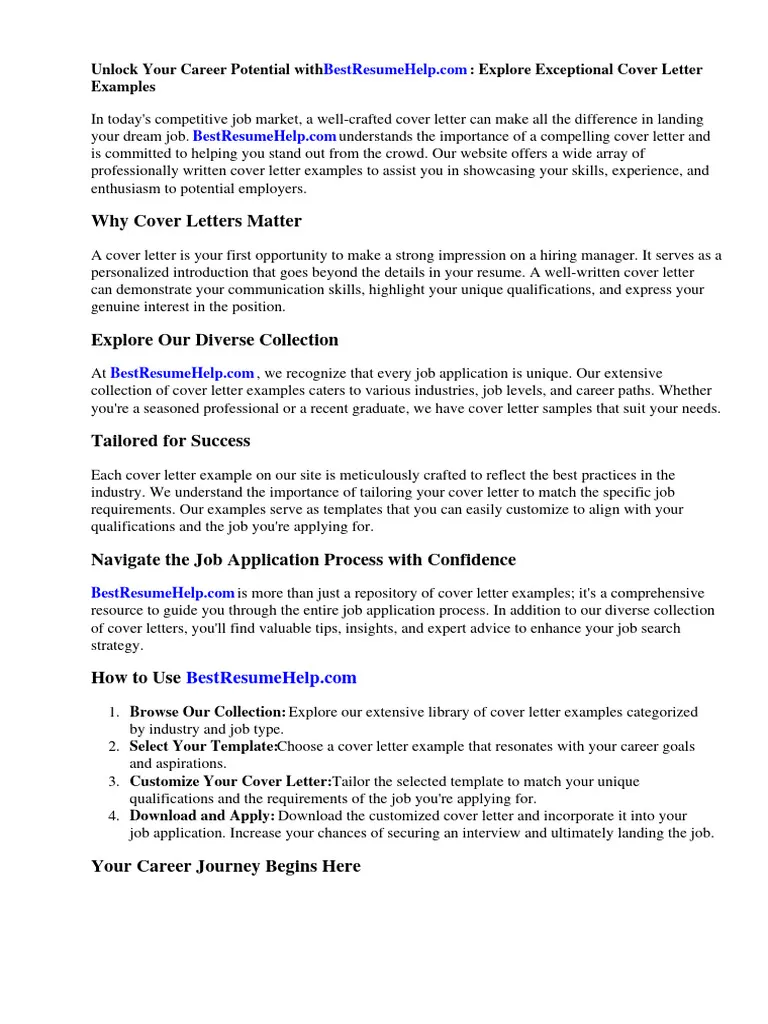What is a College Work Study Cover Letter
A college work study cover letter is a formal document that you submit alongside your resume when applying for a work-study position at a college or university. It serves as your introduction to the potential employer and provides an opportunity to highlight your skills, experiences, and enthusiasm for the position. Unlike a resume, which provides a factual overview of your qualifications, the cover letter allows you to express your personality and explain why you are a suitable candidate. It is a crucial tool for demonstrating your interest and making a positive first impression. A well-written cover letter can significantly increase your chances of securing a work-study position, as it allows you to stand out from other applicants and showcase your unique strengths.
Why is a Cover Letter Important
A cover letter is essential for several reasons. Firstly, it provides context to your resume, allowing you to explain how your skills and experiences align with the specific requirements of the job. Secondly, it demonstrates your communication skills and attention to detail, as a well-crafted cover letter shows that you are capable of writing professionally. Thirdly, it gives you the opportunity to personalize your application and express your genuine interest in the position and the institution. Employers often use cover letters to gauge a candidate’s personality, motivation, and fit within the college work environment. In short, a cover letter is your chance to make a compelling case for why you should be hired, making it a vital part of your job application package.
Key Components of a College Work Study Cover Letter
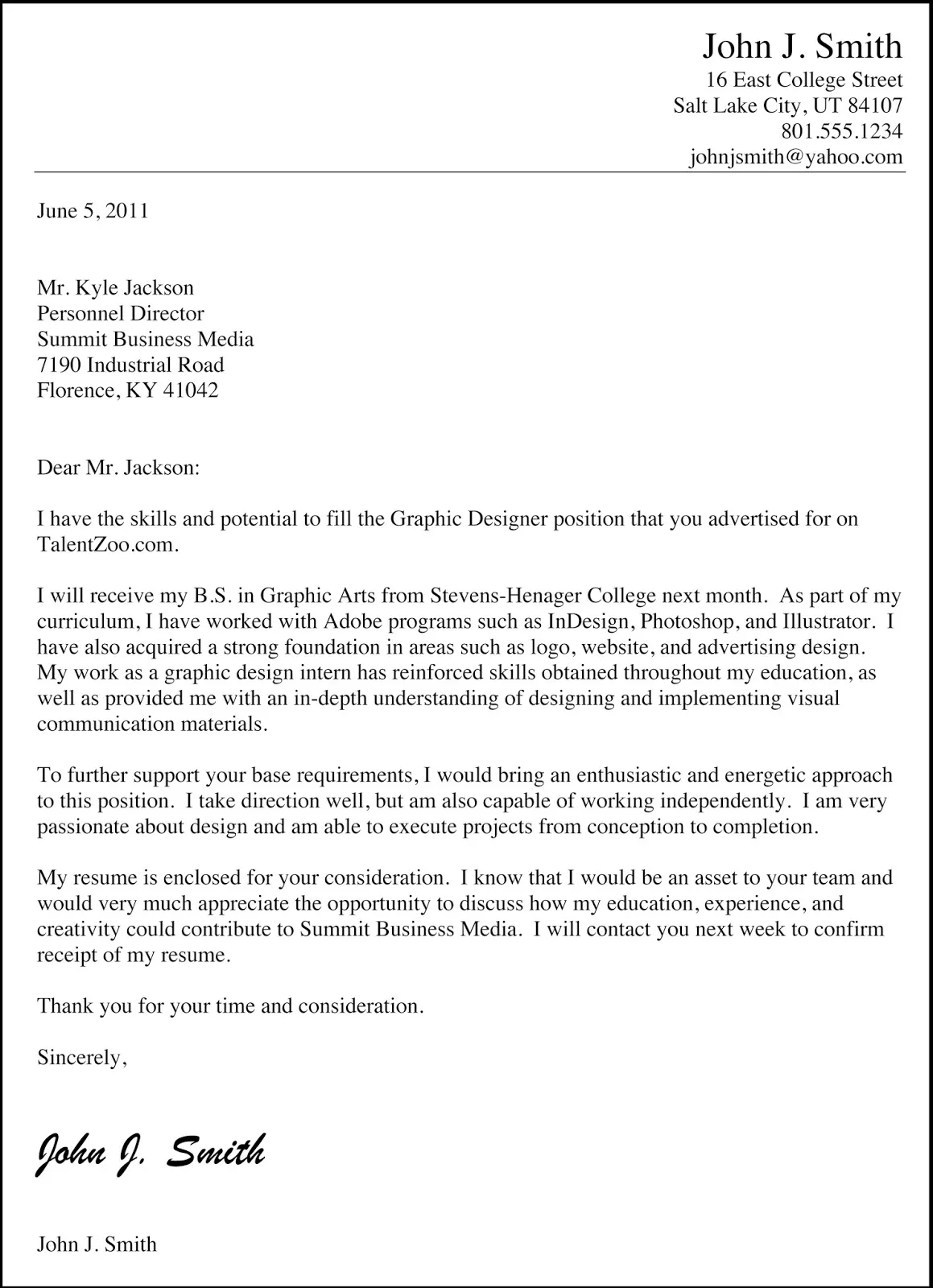
A strong college work study cover letter comprises several key components that work together to create a compelling application. These components ensure that your letter is organized, professional, and informative, highlighting your key qualifications and enthusiasm. The structure typically follows a standard format, making it easy for the reader to quickly grasp the essential information. Each section plays a vital role in showcasing your suitability for the position and making a positive impression on the hiring committee. Understanding and effectively utilizing these components is key to crafting a cover letter that stands out and increases your chances of success.
Your Contact Information
At the top of your cover letter, include your full name, address, phone number, and email address. This information allows the hiring manager to easily contact you. Make sure your email address is professional and appropriate. Using a formal and clear format for your contact information demonstrates professionalism and attention to detail. It is important to ensure that the details are accurate and up-to-date so that the employer can reach you easily.
The Date
Below your contact information, include the date you are submitting the cover letter. This helps to keep track of when the application was sent and provides a clear reference point. The date should be formatted correctly according to standard conventions. Placing the date correctly is another simple yet important way to show professionalism and attention to detail in your application.
The Recipient’s Information
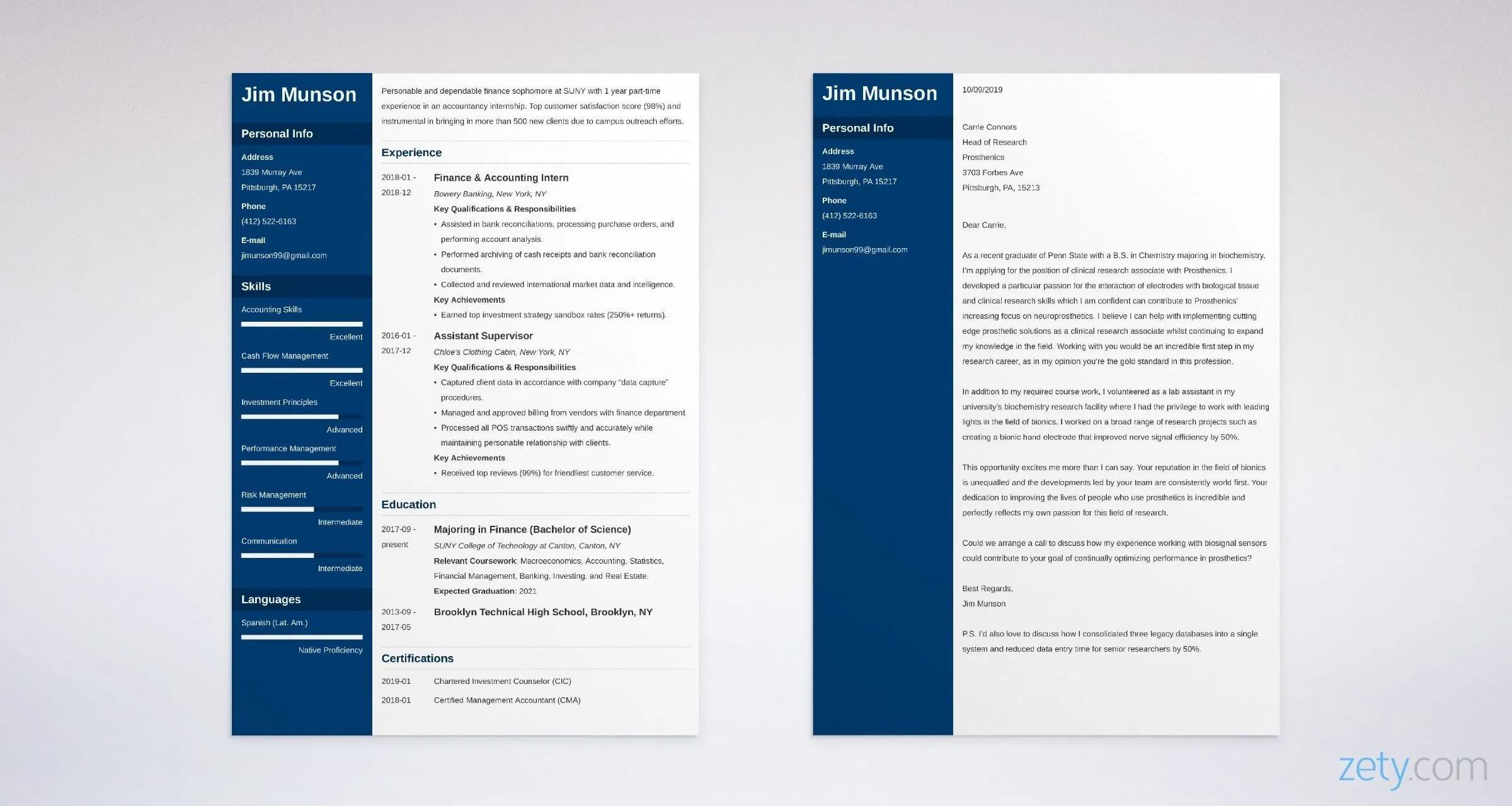
Address your letter to the hiring manager or the appropriate person in charge of work-study applications. If you know their name, use it; otherwise, use a general salutation like “Dear Hiring Manager.” Knowing the recipient’s name shows that you took the time to research and personalize your application, which can make a positive impression. Ensure you spell the recipient’s name correctly and use their correct title to demonstrate respect and professionalism.
The Salutation
Start your cover letter with a professional salutation, such as “Dear Mr./Ms. [Last Name]” or “Dear Hiring Manager.” The salutation sets the tone for your letter. The way you address the recipient, especially with the correct title and name, shows that you are respectful. If you are unsure of the recipient’s name, use a more general greeting like “Dear Hiring Committee” or “To Whom It May Concern.” Avoid overly casual greetings in a formal application.
Crafting the Opening Paragraph
The opening paragraph is your opportunity to make a strong first impression. State the specific position you are applying for and how you learned about it. Briefly mention why you are interested in the position and the institution. Use a hook to grab the reader’s attention, expressing your enthusiasm for the opportunity. Be clear and concise about the position, and let your excitement show. This paragraph sets the tone for the rest of the letter, so make it engaging and informative. This is also your chance to set the tone and express genuine interest in the opportunity, leaving the reader wanting to learn more.
Highlighting Your Skills and Qualifications
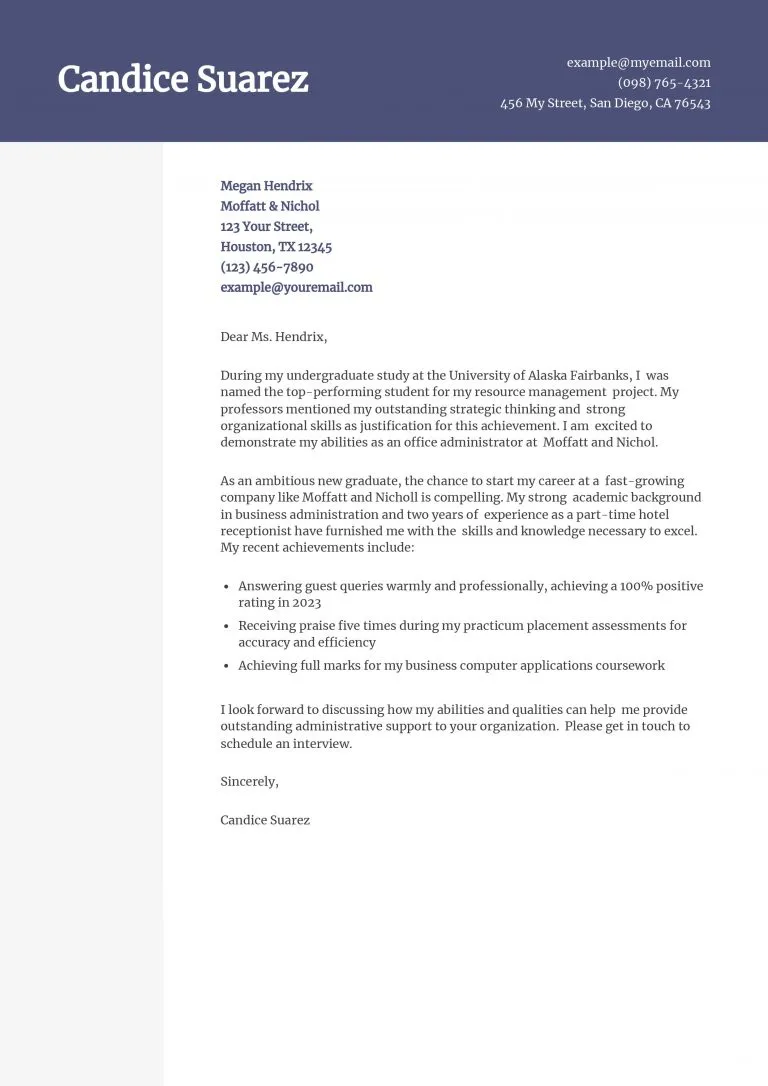
This section is where you demonstrate how your skills and experiences match the job requirements. Review the job description carefully and identify the key skills and qualifications the employer is seeking. Provide specific examples from your academic work, previous jobs, volunteer experiences, or extracurricular activities that highlight these skills. Use strong action verbs to describe your accomplishments and responsibilities. Focus on quantifiable results whenever possible to demonstrate your impact. Use the STAR method (Situation, Task, Action, Result) to structure your responses and provide clear and compelling examples. Tailor each example to the specific requirements of the job, emphasizing your relevance and fit.
Relevant Skills to Showcase
Identify and highlight the skills that are most relevant to the work-study position. These can include communication, organization, teamwork, problem-solving, computer proficiency, and customer service skills. Provide concrete examples of how you have used these skills in previous situations. Demonstrating these skills gives the hiring manager confidence in your abilities. Always match the skills to the job description, highlighting the skills that are most pertinent to the position. Quantify your achievements whenever possible. Make sure you highlight your most important skills to show how you fit the role.
Academic Achievements
Mention relevant academic achievements, such as your GPA, any honors or awards you’ve received, or specific courses or projects that align with the job requirements. Academic achievements demonstrate your work ethic and dedication. Highlighting relevant coursework shows that you have already built a foundation in skills that can be applied to the role. Ensure you tailor your examples to the specific job requirements to show you understand what the employer needs. If you have a high GPA or received any academic awards, it is beneficial to showcase these achievements to demonstrate your skills and abilities.
Work Experience
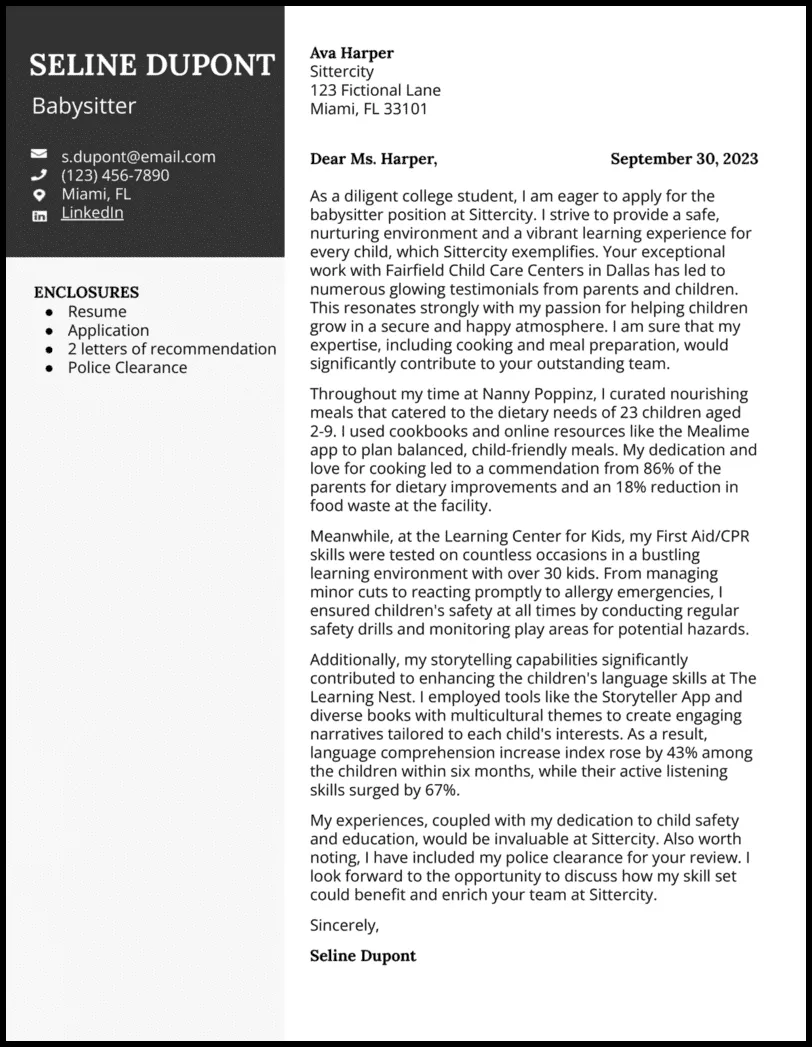
Describe any relevant work experience you have, including part-time jobs, internships, or volunteer work. Detail your responsibilities and accomplishments in each role, emphasizing the skills and experiences that are applicable to the work-study position. Quantify your achievements whenever possible, such as the number of customers served or the improvements you made. Show how your prior experiences prepared you for the role. Highlight transferable skills, such as communication, teamwork, or problem-solving. Explain how your experience relates to the duties. Show what you have learned from your prior experiences to convince the employer.
Demonstrating Your Enthusiasm
Express your enthusiasm for the position and the college or university. Explain why you are interested in working for this particular institution and how the work-study position aligns with your academic and career goals. Show that you have researched the institution and understand its mission and values. Explain what excites you about the opportunity, whether it is the chance to gain experience in your field of study, contribute to the college community, or develop new skills. Use a passionate tone and demonstrate a genuine interest in the role. Ensure you make the employer understand that you truly want the job. Demonstrate that you genuinely care about the opportunity.
Writing a Strong Closing Paragraph
In your closing paragraph, reiterate your interest in the position and express your gratitude for the hiring manager’s time and consideration. Summarize your key qualifications and restate your enthusiasm. Include a call to action by mentioning your willingness to discuss your qualifications further in an interview and providing your contact information. End the letter with a professional closing, such as “Sincerely” or “Best regards,” followed by your typed name. A strong closing helps to reinforce your interest in the role and leaves a positive lasting impression. Be sure to be professional and confident in your closing, and be sure to thank the reader.
Expressing Gratitude and Next Steps
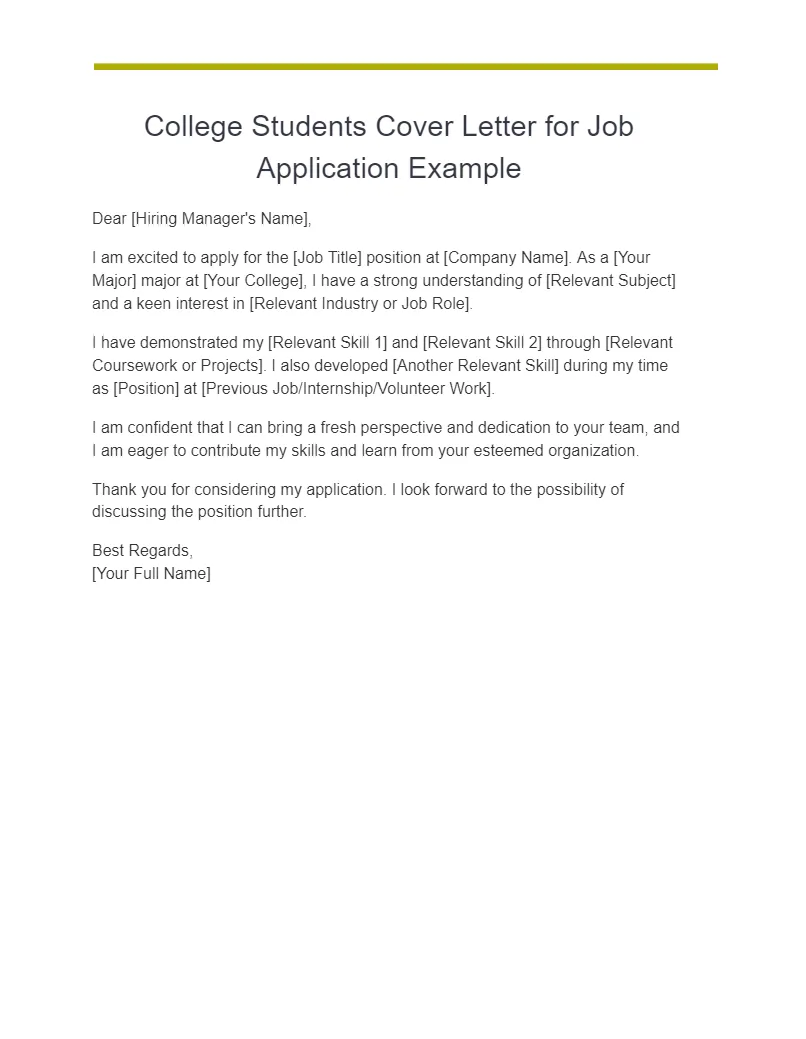
Thank the hiring manager for their time and consideration. Reiterate your interest in the position and express your willingness to attend an interview to discuss your qualifications further. Providing your contact information once more ensures that the hiring manager can easily reach you. This also serves as a reminder that you are still interested in the role. Be appreciative and make sure to remain optimistic about the process. Mentioning that you are available for an interview shows your commitment to the hiring process.
Proofreading and Formatting
Before submitting your cover letter, carefully proofread it for any errors in grammar, spelling, and punctuation. Ensure that your letter is well-formatted, with clear and concise language, and easy-to-read fonts and layouts. Use a professional font, such as Times New Roman, Arial, or Calibri, with a font size of 11 or 12 points. Proofreading is essential, because even minor errors can make you look less professional. Have someone else read your cover letter to provide a fresh perspective and catch any mistakes you may have missed. Double-check all the details, including the recipient’s name, the job title, and the contact information. A polished cover letter shows attention to detail and reflects well on your professionalism.
Common Mistakes to Avoid
Avoid these common mistakes to ensure your cover letter makes a positive impression. Don’t use generic language; tailor your letter to each specific job application. Avoid typos, grammatical errors, and overly casual language, as these can undermine your credibility. Refrain from simply repeating your resume, and instead, provide additional context and examples. Never include negative information about past employers or experiences, and avoid being overly boastful. Make sure that the tone and language are consistently professional. These mistakes can hurt your chances. Ensure you showcase your best skills and abilities.
Cover Letter Examples
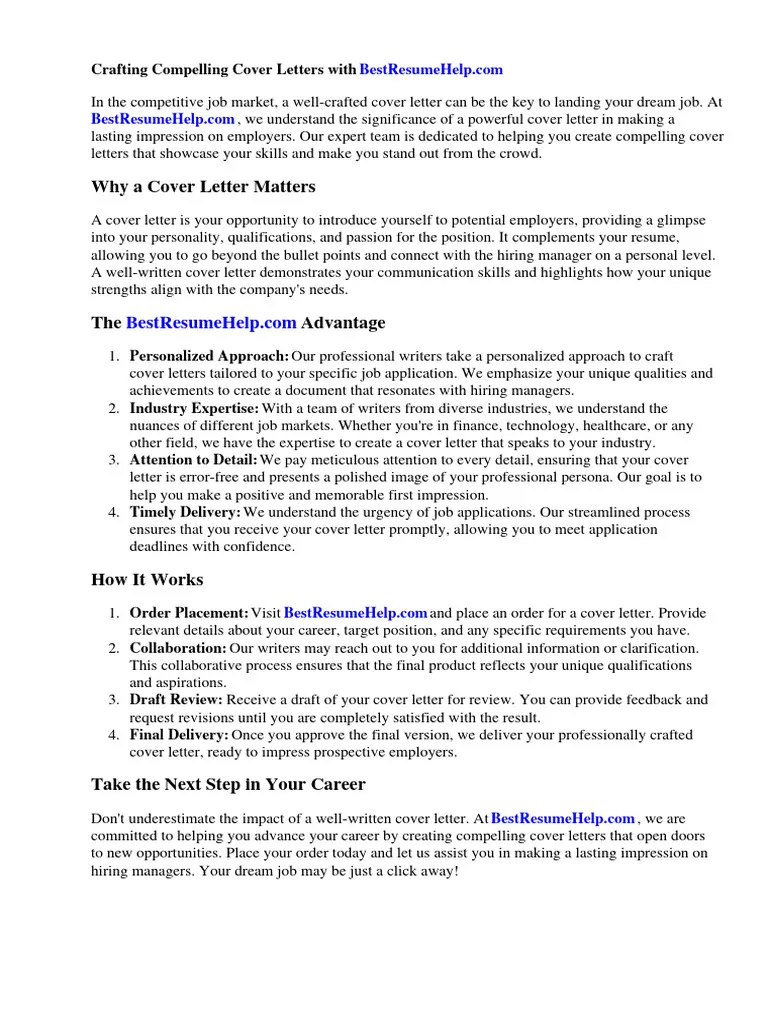
Reviewing examples of successful college work study cover letters can provide valuable insights into how to structure and write your own. These examples offer templates and inspiration, allowing you to adapt the content to your specific situation. Use them as a guide to understand the key components and the appropriate tone. Customize these examples with your own details, skills, and experiences, and remember to adjust them according to the specific requirements of the job you are applying for. Review and learn from other examples to ensure the best outcome. Always tailor the example to your needs.
Example 1 [Brief Description]
This example provides a template focusing on a student applying for an administrative assistant role. It highlights organizational skills, computer proficiency, and customer service experience. It demonstrates how to showcase academic achievements alongside work experience, showing your aptitude for administrative tasks. Ensure you personalize this to your specific situation. It highlights how you have performed the work in the past. This will give you an idea on how to write the best cover letter possible.
Example 2 [Brief Description]
This example focuses on a student applying for a research assistant position within a science department. It emphasizes research experience, analytical skills, and academic achievements in the sciences. This example shows how you can demonstrate your specific academic and professional skills in more detail. Make sure the cover letter is tailored for the specific requirements of the role. Using this example will help you understand how to present your information.
Final Tips for a Winning Cover Letter
To write a winning college work study cover letter, tailor it to the specific job requirements, highlighting the relevant skills and experiences. Proofread it carefully, and ensure it is free of errors. Proofread your letter thoroughly to ensure that it is free from grammatical errors. Use a professional format and tone. Express your genuine enthusiasm for the position and the institution. Seek feedback from career services or trusted advisors before submitting your application. Customize your cover letter to the job. These extra steps will help you have a higher chance of success. Show that you are the best candidate for the role.
